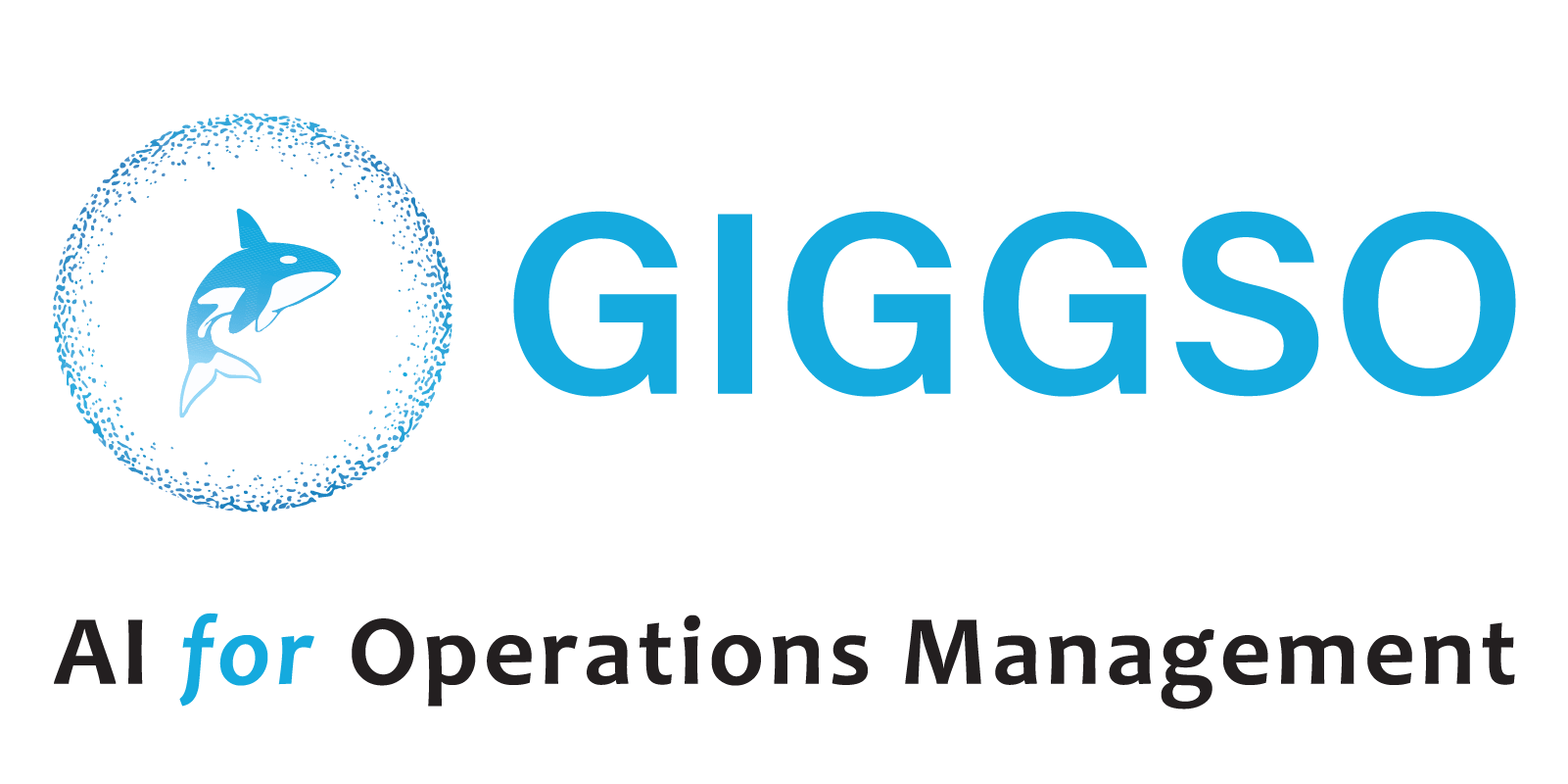In the fast-paced world of data science, staying ahead of the competition requires more than just developing cutting-edge models. It’s also essential to have a systematic approach to managing and optimizing these models throughout their lifecycle. This is where ModelOps comes in.
ModelOps refers to the operationalization and management of machine learning models in production environments. It leverages an automated process that streamlines the deployment, continuous monitoring, and maintenance of models, ensuring they deliver accurate and reliable results.
Let us understand how to implement ModelOps best practices and harness its power for your data science success.
Model Ops
Traditionally, data scientists faced challenges in deploying models into production environments, often encountering issues with scalability, performance, and maintenance. Model Ops revolutionizes the way data science operates by addressing these challenges head-on, offering automated deployment processes and seamless scalability.
By seamlessly integrating model deployment, monitoring, and optimization, Model Ops empowers organizations to unleash the full potential of their data science projects. ModelOps helps organizations mitigate the risk of ML models in production by implementing a rigorous set of checks and balances throughout the ML model lifecycle.
Another key aspect of Model Ops is its emphasis on continuous improvement with automated retraining and deployment pipelines. This agile approach ensures that models are always up-to-date and optimized for maximum performance.
By leveraging ModelOps capabilities, data science teams can optimize their workflows, minimize manual efforts, enhance model accuracy, and improve collaboration, ultimately leading to increased productivity, better performance, and more impactful data science outcomes.
Streamlining Model Operations
Streamlining model operations involves implementing efficient workflows, automating repetitive tasks, and utilizing tools and technologies that simplify the operational aspects of data science models. By this, data science teams can focus more on model development and optimization, ultimately boosting productivity and improving the effectiveness of their models.
Implementation:
- Implementing systems to manage model versions and track changes to keep track of different iterations of models, compare their performance, and identify the most effective versions.
- Establish a centralized model repository for models, making it easier to access, update, and share models across the team to collaborate efficiently, reuse existing models, and build upon previous work, leading to increased productivity and reduced duplication of effort.
- Implement robust monitoring mechanisms that continuously collect data on model accuracy, performance metrics, and potential anomalies to quickly mitigate issues and improve decision-making based on the model’s outputs.
Real-time Monitoring and Optimization
Real-time monitoring and optimization is a model ops capability that continuously monitors models in production to identify and address performance issues and prevent models from becoming degraded or unusable, which can save time and resources.
Implementation:
- Improve the accuracy and reliability of models, by automating the process of identifying and addressing performance issues early, leading to better business outcomes, such as increased revenue or reduced costs.
- By automating the process of identifying and addressing performance issues, data scientists can free up time to focus on other tasks, such as building new models or improving existing ones.
- Choose the right metrics and set appropriate thresholds for the model at intended checkpoints to prevent false positives and address the performance issues and resolve them at the earliest by retraining them when needed.
Automated Retraining and Deployment Pipelines
Automated retraining and deployment pipelines for data preparation, model training, model evaluation, and model deployment improve the quality of data science models. By automating the steps involved in model retraining and deployment, data scientists can focus on more strategic tasks and improve the quality of their models.
Implementation:
- Design an Automated Retraining Pipeline by identifying the key components and techniques for efficiently gathering and preprocessing new training data, highlighting the importance of versioning and tracking changes in the retraining process.
- Explore the integration of automated retraining and deployment pipelines into a CI/CD workflow to ensure seamless model updates and deployment.
- Implement techniques for real-time model monitoring and anomaly detection and evaluate the role of feedback loops in optimizing models based on monitoring insights and maintaining ethical standards in the deployment process.
Ensuring Compliance and Governance
Incorporate Governance and Compliance measures into model operations to ensure that models adhere to legal requirements, industry standards, and organizational policies. This can help to boost data science models’ productivity by reducing the risk of legal and regulatory challenges, and by building trust with customers and stakeholders.
Implementation:
- Establishing clear policies and procedures for the development, use, and deployment of machine learning models. These policies should track and monitor the performance of ML models and address issues such as data privacy, bias, and fairness.
- Risk Mitigation strategies to overcome adverse outcomes resulting from faulty or biased models, by establishing robust processes, organizations can identify and address potential risks, ensuring the reliability and accuracy of the models.
- Establish accountability and transparency for the decisions made by data science models. By documenting the model ops process and adhering to transparent practices, organizations can explain and justify the outcomes generated by their models.
Maximizing ROI
ROI refers to the value generated by utilizing data science models in business operations compared to the costs incurred in developing and maintaining those models. By automating these tasks, model ops can help businesses improve the performance and efficiency of their machine learning models, as well as reduce the risk of operational errors.
Implementation:
- Model ops streamline the process of faster deployment of data science models by reducing the time it takes to go from model development to deployment, businesses can start leveraging the predictive power of their models sooner, leading to a quicker realization of value and increased ROI.
- Model ops help optimize the allocation of resources, such as computing power and data storage, from which businesses can reduce costs and ensure that resources are utilized effectively, ultimately maximizing the ROI of their data science initiatives.
Model ops facilitate scalability and reusability by standardizing and automating the deployment and management processes, organizations can easily replicate successful models across different business units or projects.

